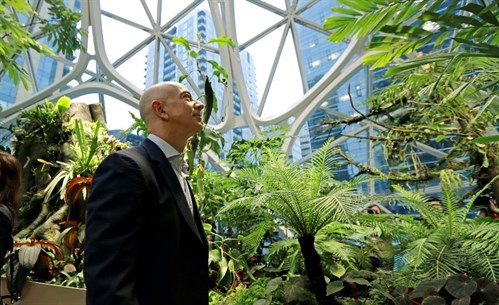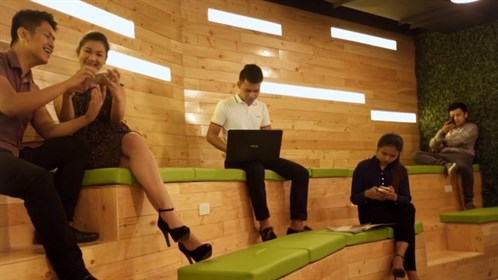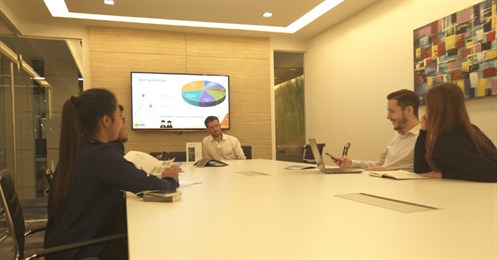
Reading Time: minutes
More companies are realizing the productivity potential behind a well-designed office.
Apart from a significant boost in creativity, amazing physical offices have the capacity to recruit and retain top talent in a company. Therefore, more corporations including the global marketing agency, McCann, invested heavily in its headquarters. For the agency, its offices now feature amiable lighting and several collaborative spaces made possible by the open office layout.
Data shows that the physical structure and overall design of an office space affect employees' productivity and creativity. The workforce tends to respond according to their office layout, fixtures, and environmental factors. A well-designed space connects individuals to the company's brand and helps them innovate to deliver better services.
Experts say that poorly-designed office spaces often result in a disengaged and sometimes, an even hostile group of individuals. Time and again, organizations are defined and unified by a shared purpose and identity that should be well-represented in its physical spaces.

More offices are now keen on going green after the Harvard Business Review proved that the presence of plants alone can increase productivity by 15%. Letting natural light where people work also produces the same result.
Given office design's crucial role in business operations, studies and workplace surveys were conducted to produce insight on the matter. It was discovered that most employees respond to certain office wall colors better than others. Green increasingly became a popular color in the corporate setting since it is frequently associated with growth and relaxation.
How offices are structured also affect the acoustics of the space. A study claims that a certain amount of noise - maximum of 70 decibels- is necessary to induce creativity. Going beyond the maximum decibel can prove to be distracting and is not conducive to the workplace.
Redesigning the space

Corporations need ample preparation and evaluation when it comes to changing the theme and layout of their offices. Experts say that vision matters in making a successful office design. It should cover company culture, collaboration and whether space is sensitive or thought-intensive.
Corporate Culture determines the effectiveness of workplace design. Successful redesign needs to respond to the office culture the employees are accustomed to. The degree of collaboration conducted in the office should also be gauged accordingly. It should be well within the needed exchange of information to increase the productivity of employees.
The sensitivity of work by some employees must also be factored in. Businesses can achieve the perfect compromise by mixing both closed spaces or open spaces in the workplace redesign.
Ultimately, when it comes to redesigning, a Knoll report says employee satisfaction should always be of prime priority. Organizational outcomes should always include employee's well-being since its imminent increase will help establish the connection between the company and employees in achieving their primary goals and vision.

T One Project Management Inc, President David O' Neill highlights the importance of having a "vibrant office" since it is proven that the efficient use of space can increase team creativity and promote staff retention and productivity. "Design and Project Management Consultants who understand this and have a focus on economical delivery of office space whilst maintaining these values are well worth the investment," O' Neill said.

